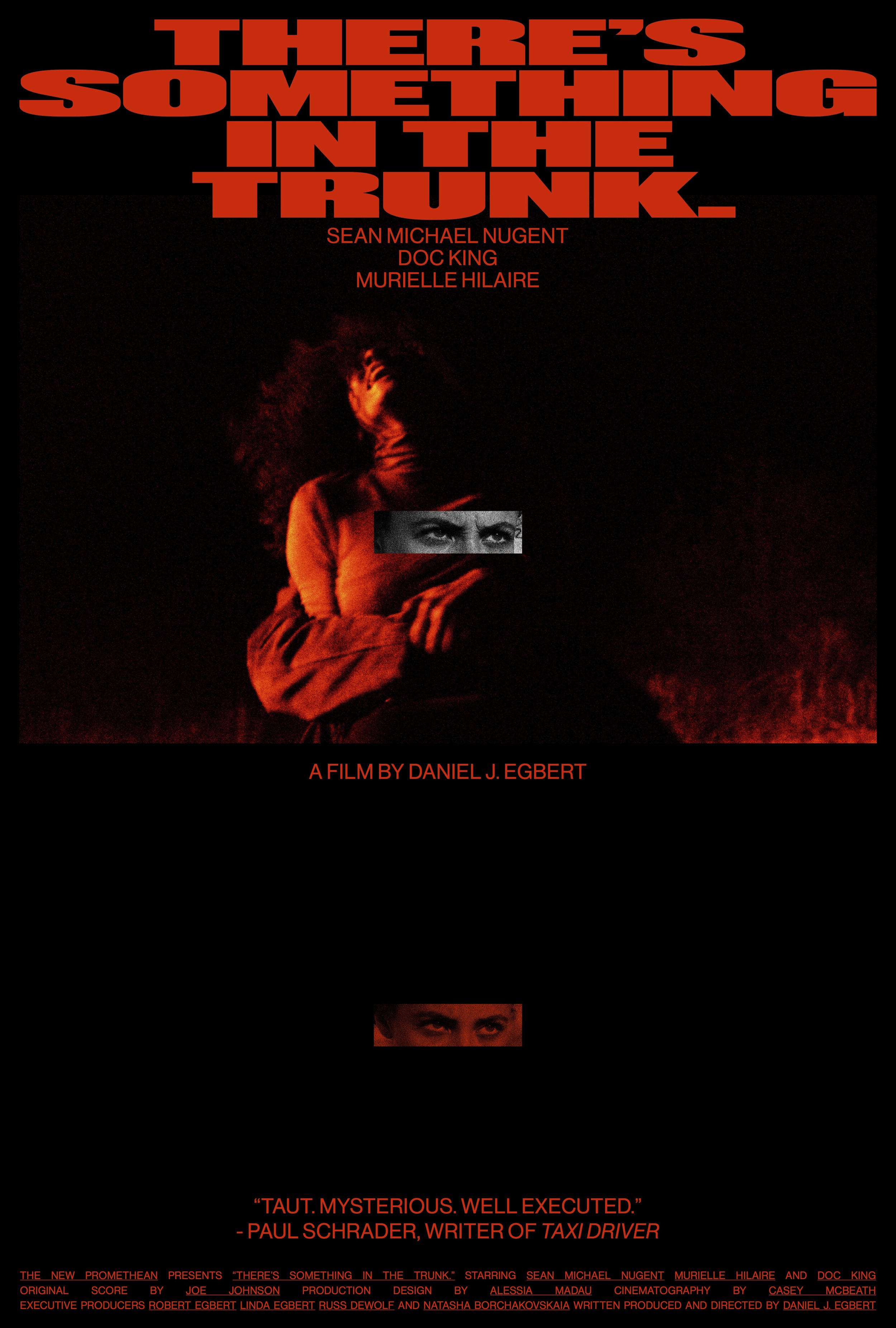FILMOGRAPHY
DIRECTOR’S STATEMENT
I was living in Harlem, it was August and I was 27 years old when I tried to kill myself.
I was shattered from specific traumas that I refused to face let alone mend. This resulted in the sabotaging of every relationship, and the burning of every bridge—under relentless drug and alcohol abuse. I gravitated to equally wounded partners because they felt like home. The fighting, the darkness, and everything it led to just felt safe. And it was mutual.
Porcelain is a story about trauma bonds. It’s a story about red flags feeling like truths.
It’s a story of a long, drawn out suicide that begins with love.
*proof of concept for the feature film, SUNRISE NIGHTS.
DIRECTOR’S STATEMENT
On September 11th, 2001, I was fifteen, waiting for my dad to come home.
He was a Port Authority Police Officer in New York City and a first responder when the planes hit, when the buildings fell, and when I cashed in my future for revenge. And though my father survived that day, life thereafter was complicated. My family went through a lot of things. And I went off to two wars truly believing that fighting would bring me peace—but sent me through a soul-shaking downward spiral I barely survived.
On the morning of September 12th, my father asked me to stay home from school. All day we sat in a silence I will remember forever. Maybe I knew without actually knowing that his life teetered on a certain precipice. I remember looking to him and feeling this weight—a fear growing within me without the understanding of why, but I get it now. That particular silence, it’s the slackening of grip.
CHORUS is a story about communication saving lives and how to bridge communicative gaps in order to reach each other. CHORUS details the cyclical nature of trauma—how to listen to it, integrate it, and learn from it so it guides us rather than burdens. CHORUS is me screaming at my father with tears in my eyes, thank you! Thank you for not letting go. Thank you for not slipping away from me.
“Deeply moving. Stunning.”
DIRECTOR’S STATEMENT
There’s a term in the Chinese language, 炮灰, which translates, “cannon ashes.” It’s used to comment on the real remnants of war—young men and women who sacrifice everything for a machine that will never cease to burn them as fuel. Youth left behind by country and by time to examine, make sense of, and hopefully make peace with their place in it all as they watch it continue to consume generation after generation.
Siwei Li introduced this phrase to me when he asked me to help write and direct his film, and it crippled me. ASHES is a story about freedom, a story about a brief connection against all odds, a story about taking the power back. It’s our commentary on war, on being left behind, on imaginary lines in the dirt confusing our sameness. But mostly, hopefully, it’s a story that can make a difference.
“An austere and touching, intensely lyrical portrait capturing the essence of war, not as an epic event but as a tragically senseless reality.”
DIRECTOR’S STATEMENT
I am an alcoholic and an addict. I spent years after the wars surrendering into vices with hopes of surpassing trauma which only led to self-sabotage and the end of “my rope.” But after committing to continued healing, I’m now 7 years sober. I am a husband and a father with my reigns around an existence I never dreamt possible. And yet despite it all, every morning when I wake, I still want to use.
BIRTHDAY is a 35mm Visual Essay initiated and photographed by Harry Lipnick. Touched by addiction in different ways, we both wished to responsibly portray what it is to continue towards healing in spite of relentless struggle, doubt, fear, and regret no matter how many years pass. And what it means to hold onto hope through life and family through this life long battle.
DIRECTOR’S STATEMENT
THERE’S SOMETHING IN THE TRUNK is a very personal story. On the surface it reads as a simple crime thriller with a few twists and turns, while at its core, details one man’s attempt to take his life back into his own hands.
It is a metaphor for my struggles after the wars. After all the bridges burnt, attempted suicide, and alcoholism. It’s a metaphor for understanding and isolating my vices, separating from my enablers, and finally exhibiting dominance and control over the one thing controlling me.
What I learned most in my healing was that I’ll never be rid of “STELLA;” she’ll always be in the passenger seat along for the ride. But in keeping her there, having her know her place... she’ll never be anything more than just a reminder.
“TAUT. MYSTERIOUS. WELL EXECUTED.”
SYNOPSIS
After tragedy struck home last year, two combat-wounded veterans set out to end a little-known epidemic in America. Their 6,500-mile cross-country mission was to raise awareness of the high rate of suicide amongst Veterans and show their brothers and sisters-at-arms that there is hope for them.
During their journey, they interviewed researchers, healthcare providers, and Veterans. Many of those they encountered had either contemplated or attempted suicide and were able to share the life-saving alternative sources of hope that they had found.
Asking hard-hitting questions and opening up about their own struggles, and painfully spurred on by recent estimations that 22 veterans are taking their own lives every single day, Daniel and Doc will stop at nothing to reach tomorrow’s twenty-two.
“The catalyst for a movement that will define a generation.”





